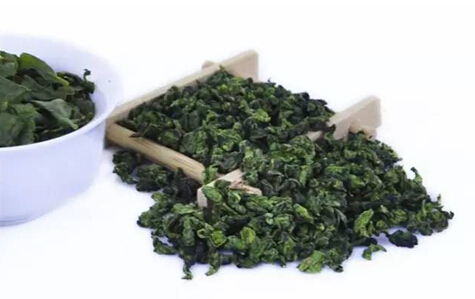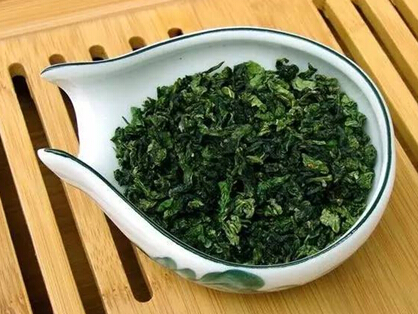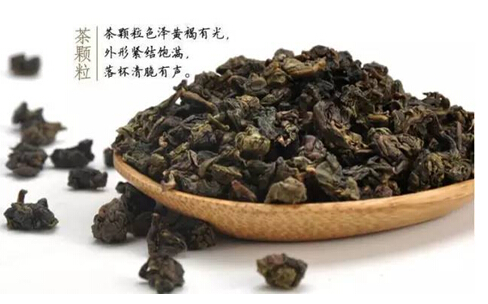Friends who don't know much about Tieguanyin tea leaves are often misled by some tea merchants who promote misconceptions, with salespeople frequently using fragrance types to confuse consumers into believing stronger aroma means better Tieguanyin. So what truly defines good Tieguanyin tea?
Tieguanyin does emphasize aroma, but stronger isn't necessarily better. High-quality fragrant Tieguanyin mostly grows in high-altitude mountainous areas with abundant mist, diffused sunlight, and strong UV radiation, where tea leaves accumulate more aromatic compounds, resulting in thick, soft leaves with tender quality. Tea from these regions typically yields superior fragrance and commands higher prices. Additionally, good tea aroma relates to its variety. Currently, the most popular variety on the market is Anxi Tieguanyin, but not all Anxi Tieguanyin is high-quality. Anxi Tieguanyin can be classified into Zhengcong Tieguanyin, Zhenzong Tieguanyin, and standard Tieguanyin. The aroma and price differences among these three are significant.

Zhengcong Tieguanyin uses raw material from Anxi's original 'Red Bud Crooked Tail Peach' variety, featuring refined aromas like osmanthus or orchid, with prices exceeding ¥1000 per 500g.
Zhenzong Tieguanyin is derived from mutated varieties of the original 'Red Bud Crooked Tail Peach,' such as Red Heart or Red Hero, with milk flower, honey orchid, or ripe fruity notes, priced around ¥100+ per 500g.
Standard Tieguanyin follows the traditional processing method but may use non-pure materials, including leaves from non-Anxi varieties like White Sample or Thin Leaf, exhibiting simpler scents like generic floral or 'Thousand-Mile Fragrance,' priced at ¥30+ per 500g.

Overall, authentic Tieguanyin made from proper varieties and traditional methods presents a rich orchid-like aroma with a distinctive 'Guanyin Charm'—a natural sweetness reminiscent of nectar. Its unique floral and fruity notes aren't artificially infused (like jasmine or magnolia) but stem from the tea variety, microclimate, harvest timing, and craftsmanship.
Beyond aroma, understanding regional differences is crucial. Tieguanyin's quality varies by terroir; even within small geographic ranges, the same cultivar may perform differently. While consumers can't inspect soil and climate firsthand, tasting helps identify superior origins.
Anxi Tieguanyin production now spans all directions of Anxi County and extends beyond to Guangdong or even Taiwan. Some producers have begun labeling certified origins or green food logos. Thus, choosing Tieguanyin requires attention to both the name and origin. Notably, Anxi's northeastern region, with longer sunlight and temperature variations, often yields exceptional tea.

Tieguanyin is divided into raw tea (semi-finished) and ripe tea (finished). The former is unprocessed material with stems, unroasted, high in polyphenols and tannins, sometimes carrying a grassy astringency. To mitigate this, stems should be removed followed by slow roasting rather than quick firing. Alternatively, storing new tea for about a month before drinking helps.
Many merchants misleadingly promote 'sourness' as a premium trait. In truth, Tieguanyin's style sits between green tea and black tea, differentiated mainly by fermentation degree. Green tea skips fermentation, preserving freshness; black tea ferments heavily for mellowness. Tieguanyin's ingenious processing balances both—boasting green tea's floral freshness and black tea's robust sweetness. Regional dialects sometimes mislabel this complexity as 'sourness.' In reality, diverse cultivars, soils, and techniques create varying profiles. For example, southern Zhengcong Tieguanyin offers layered aromas with lingering depth, while northern versions exude milky brightness. Premium Tieguanyin should deliver lasting, nuanced fragrance with a honeyed aftertaste—this harmony is the true 'Guanyin Charm,' not mere acidity.